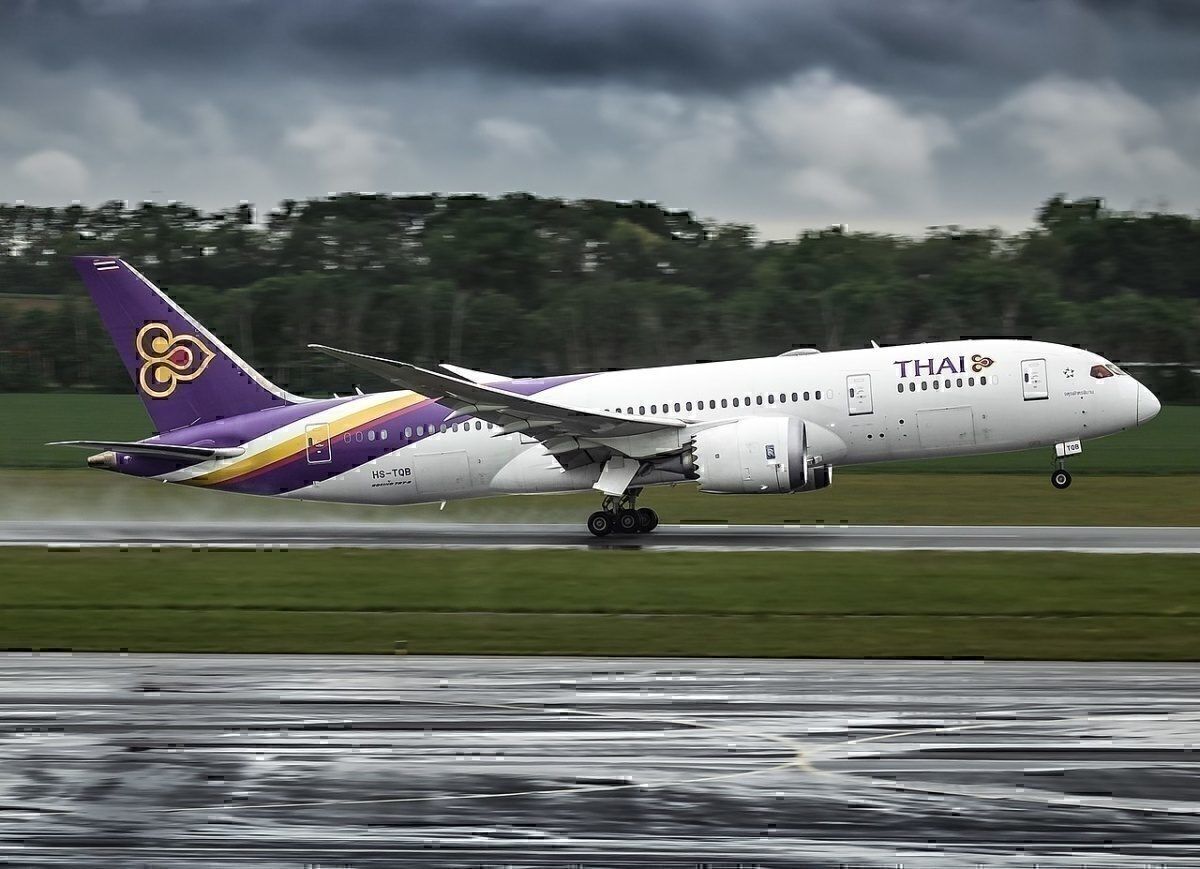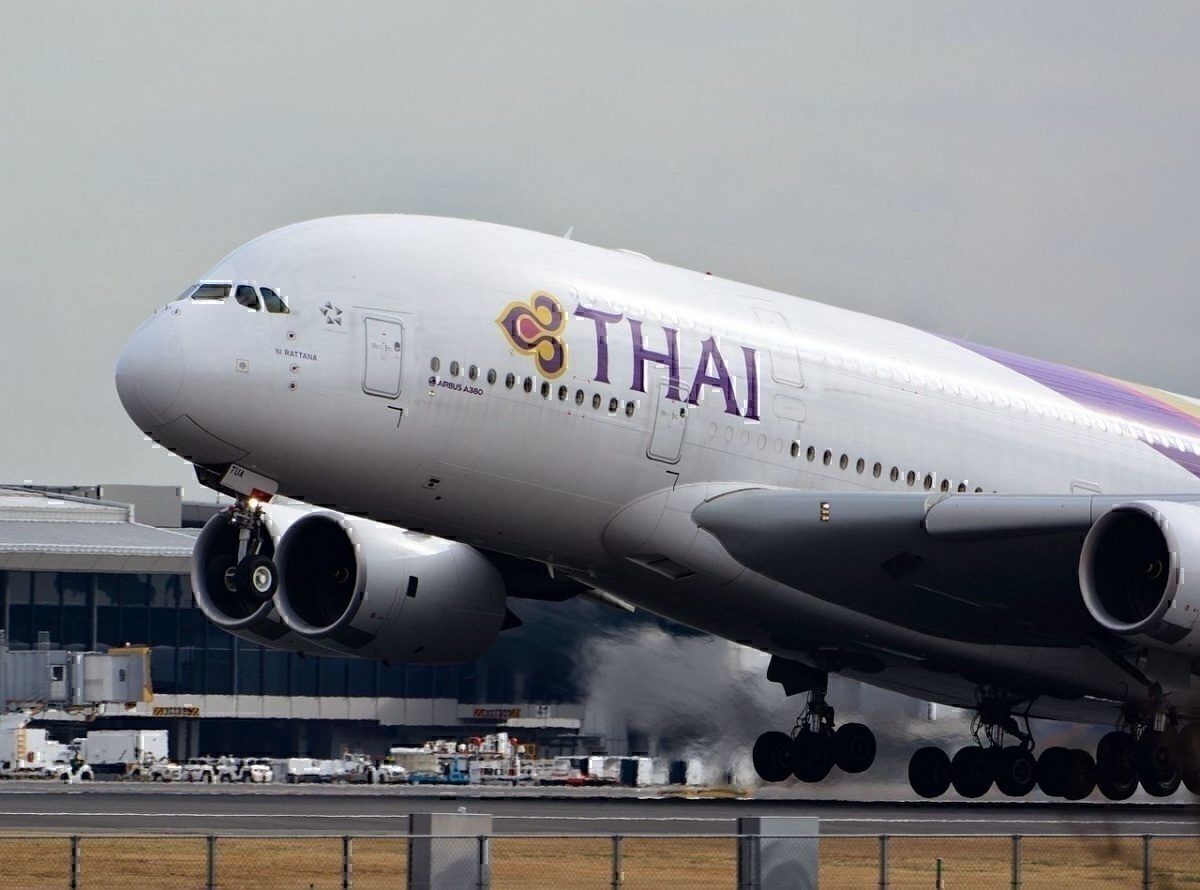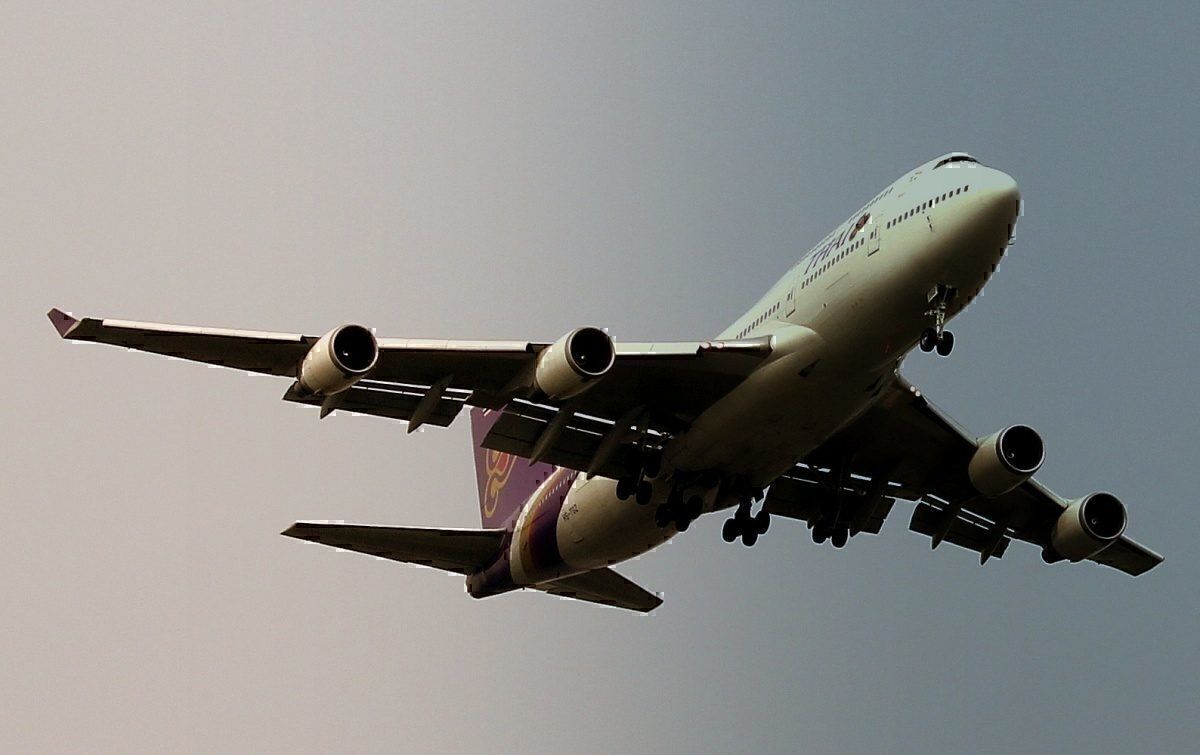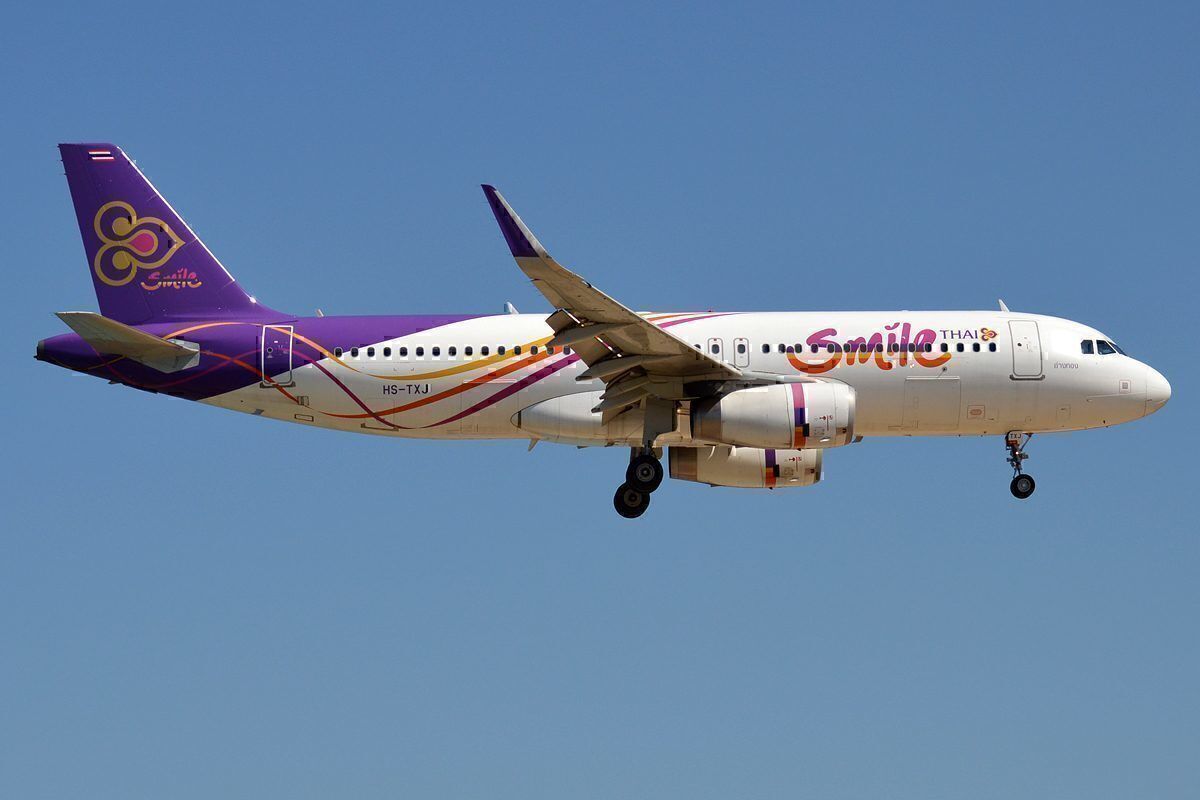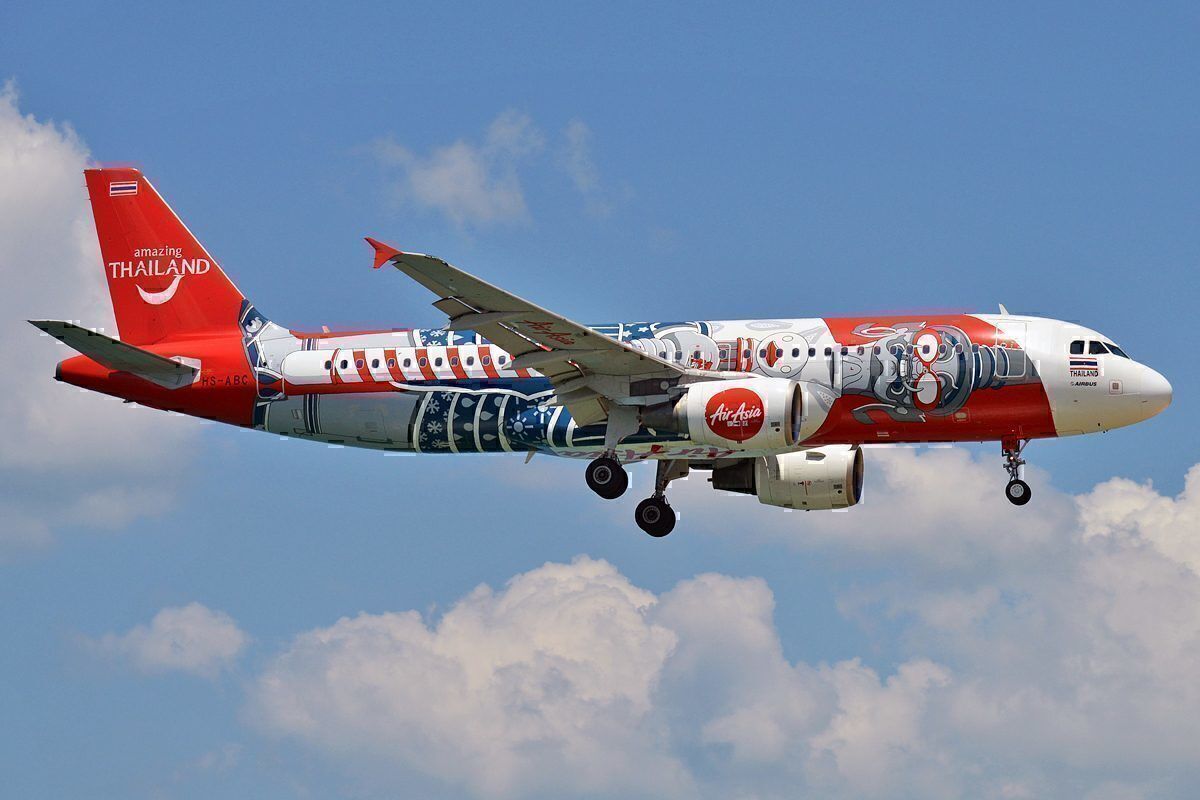Amid dwindling revenues and mounting losses, Thai Airways International is set to undergo a new turnaround strategy aimed at increasing revenues and cutting costs. The new move comes as the State Audit Office is set to audit the national carrier's balance sheet, according to the Bangkok Post. Here, we explore the challenges facing the Thai airline, examine the turnaround strategy, and comments made by its chief executives.
Continued losses, new geopolitical factors at play
On Tuesday, the airline announced a 698 million-baht (USD 22.5m) loss for the second quarter of 2019. The new balance-sheet represents an eight-fold increase in losses compared to the same period the previous year. Over the first half of 2019, the carrier lost THB6.4 billion baht (USD 207m).
Thai's executives blamed the losses on numerous external factors, namely a strong national currency, a sluggish global economy, and the closure of Pakistani airspace.
Adding to the carrier's woes has been the country's decreasing tourism arrivals. Indeed, while arrivals in June saw 0.89% year-on-year growth, inbound Chinese tourism declined a significant 7.1%, according to Reuters.
While it is true the carrier has been negatively affected by many geopolitical and economic factors, the national airline has also faced numerous operational issues. Not only has the carrier's ageing fleet incurred serious maintenance costs, but the airline's modern aircraft too have been involved in serious, and costly, incidents.
New Strategy inbound
Considering mounting losses, the airline's executives have envisioned a six-pronged strategy aimed at increasing the company's revenue and decreasing the group's costs.
Firstly, a plan dubbed "SaveTG Co-Creation" aims to cut costs while maintaining quality. Executives hope to achieve this by allowing employees and passengers to propose solutions for the company.
Secondly, the carrier hopes to diminish the group's environmental footprint through a program called "Zero Waste Management". The first target of the program will be the airline's food waste.
Thirdly, the national airline is set to introduce a new marketing strategy with the introduction of flights to the Japanese city of Sendai.
Fourthly, management hopes to increase revenues by optimizing e-commerce tools and increasing ancillary revenue sales such as seat selections. While Thai might not be able to achieve the gains North American carriers have had with ancillaries, this tired and tested method is a proven revenue-gainer.
Fifthly, Thai hopes to increase cooperation with non-aviation businesses throughout the region, such as cafes, through it's "Synergy Strategy".
Lastly, and perhaps most importantly, the airline hopes to increase efficiencies and connectivity between Thai International and Thai Smile, it's regional subsidiary.
Calls to review open skies
Thai Airways President Sumeth Damrongchaitham told local media that the company will call on the government to review the country's open skies agreements.
Mr. Damrongchaitham claims that the current market arrangements have been detrimental to the national carrier. Adding that other countries in the region have not reciprocated with market liberalization.
An unnamed source told the Bangkok Post that Thai, as a choice airline, was unable to compete and obtain a price premium over low-cost airlines on short- to medium-haul flights.
While Simple Flying previously reported that Asia's skies were a highly competitive space, the challenge legacy carriers face when competing with their low-cost rivals is certainly not unique to the Thai carrier.
Simple Flying reached out to Thai for a comment but did not receive a response by the time of publication.
What do you think of the airline's turnaround strategy? Will it, or will it not help the company reach a profit? Have you flown the airline recently, what were your impressions? Let us know in the comments.

